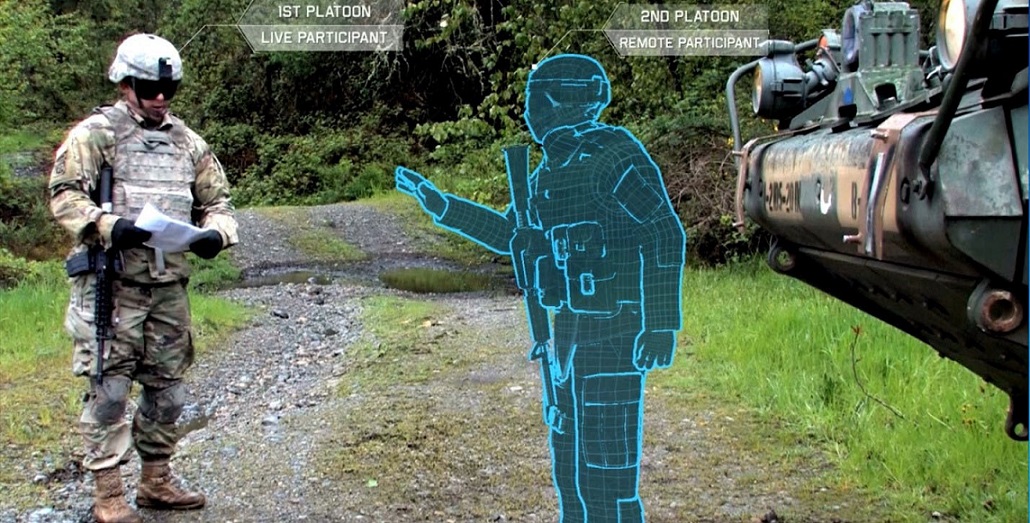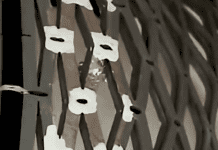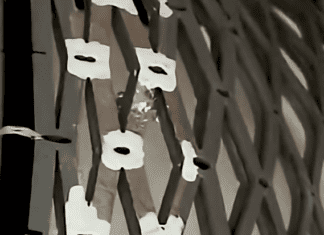
This post is also available in:
 עברית (Hebrew)
עברית (Hebrew)
The US Army is enhancing its synthetic training capabilities, training environments that provide training to the point-of-need using the latest in immersive and mobile technologies.
Its current training environment is based on technology from the 1980s and 1990s, and includes no less than 57 different terrain formats, which creates complications. This is the reason why the army has been developing a high-resolution virtual world, the Synthetic Training Environment, or STE, to help prepare troops for battles across the globe.
STE is a 3D training and mission rehearsal tool that brings together live, virtual, constructive and gaming environments to improve soldier and unit readiness.
One World Terrain, also known as OWT, is one of several key components of the new training architecture which will provide an accessible 3D representation of the global operating environment, according to the service.
“It is a global, 3D terrain capability that we can pull down, bring in our simulations, simulators and our mission command information systems, so that units can train … anywhere in the world,” an STE cross-functional team leader Maj. Gen. Maria Gervais said in an interview to nationaldefensemagazine.org.
With the OWT library, any environment that has already been mapped can be accessed by trainees, Gervais said. If a terrain is not in its database “we can go fly either a commercial satellite [or] a drone and capture it ourselves, process it, and within 72 hours or less, bring it in immediately to start training.”
The service is using drones and satellite imagery to capture high-resolution terrain footage for the STE and merging those with imaging from the commercial market.
The STE team plans to incorporate virtual reality headsets and augmented and mixed reality to train soldiers. Virtual reality completely immerses a user in a computer-generated environment. Augmented reality or mixed reality systems can transpose data or digitally created images on top of a real-world field of view. For example, a soldier wearing a heads-up display during training could see and interact with synthetic objects while maintaining situational awareness of what their squad mates are doing.
“In some instances … squads need to be able to see each other,” she said. “They need to be able to move, … so being completely immersed like that is probably not a good venue.” Augmented reality and mixed reality can provide more flexibility, she added.
One World Terrain is designed to be interoperable with the Army’s Integrated Visual Augmentation System, which includes HoloLens augmented reality headsets. The terrain can also be integrated onto a smartphone or tablet.

























